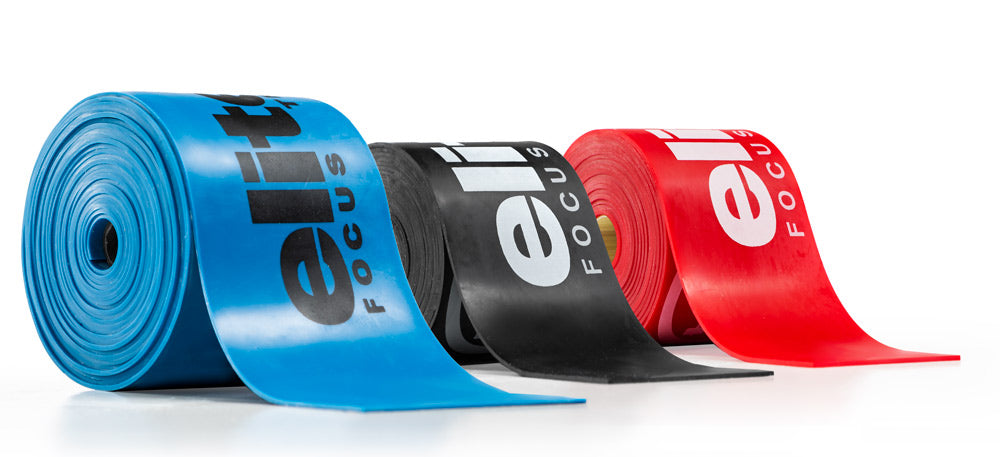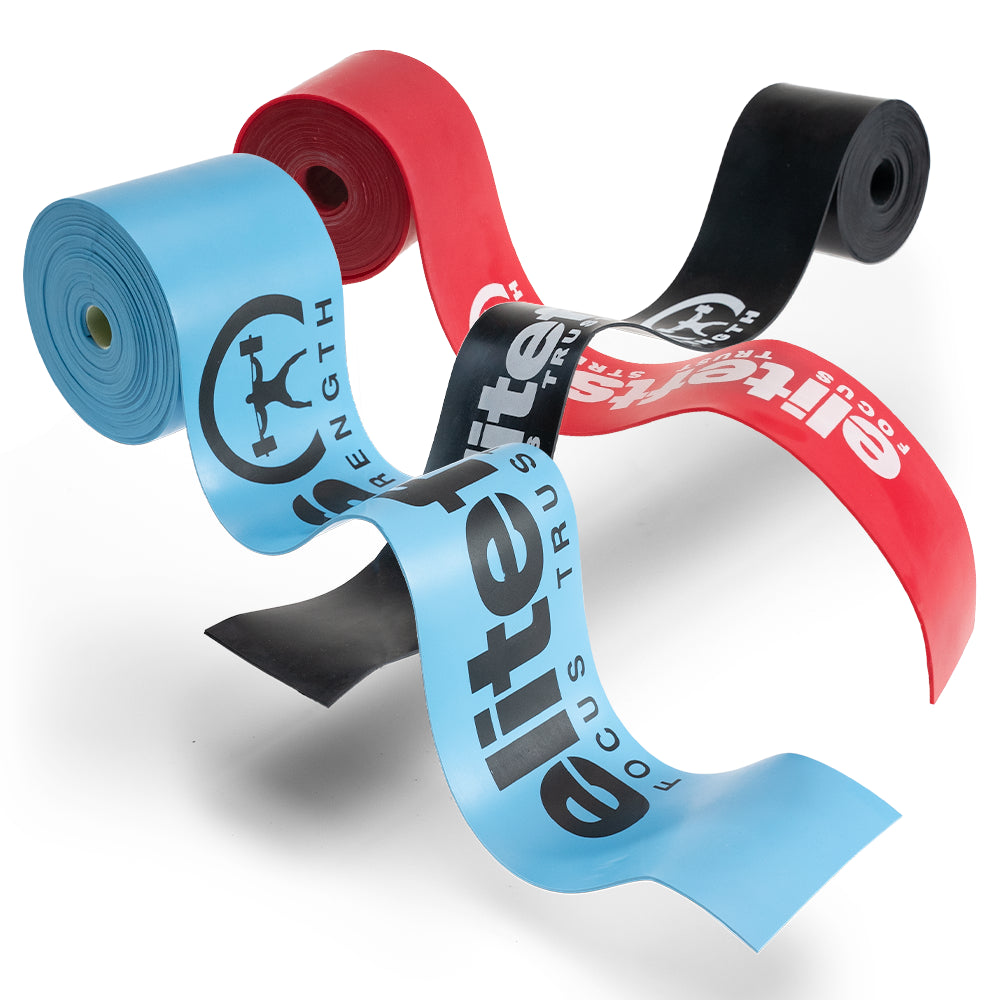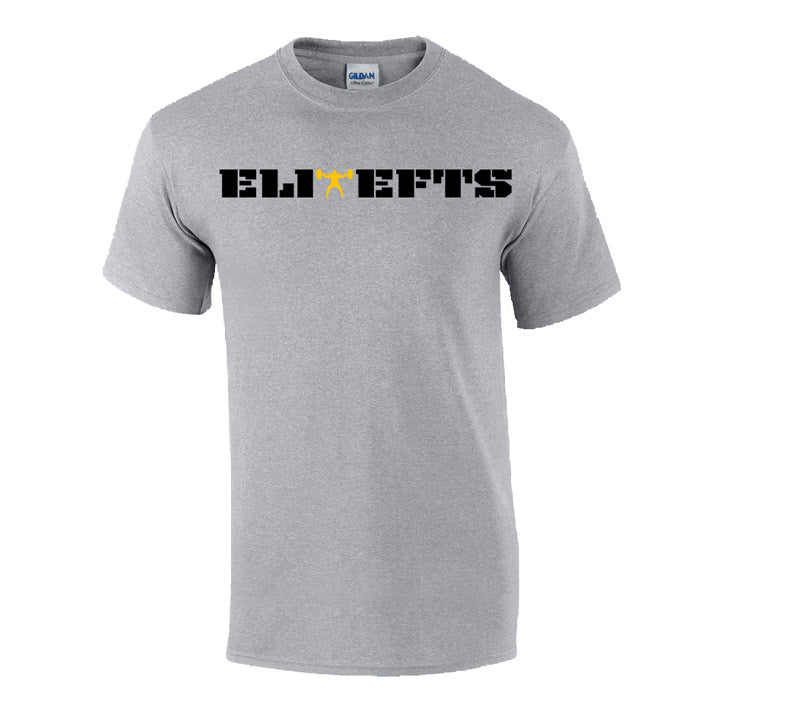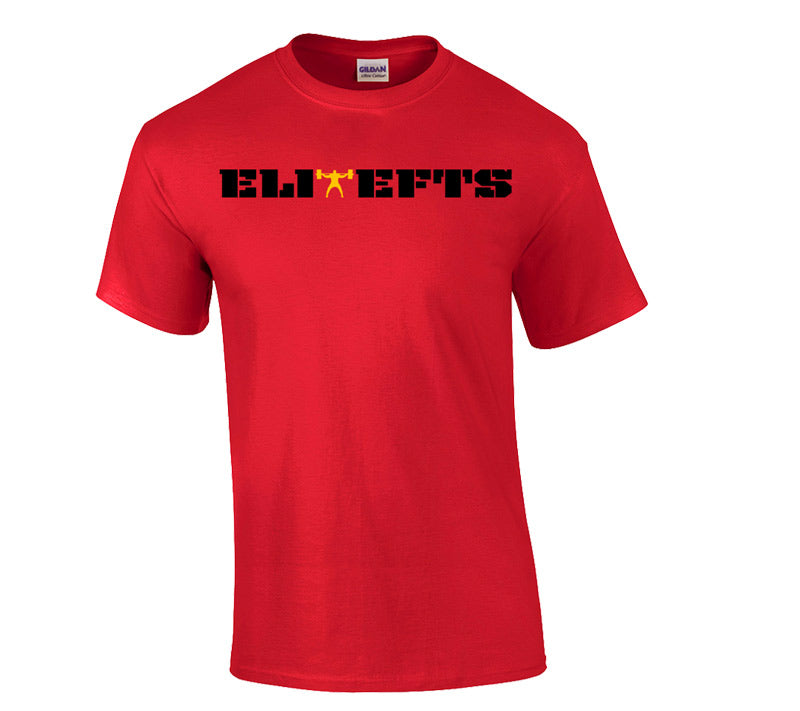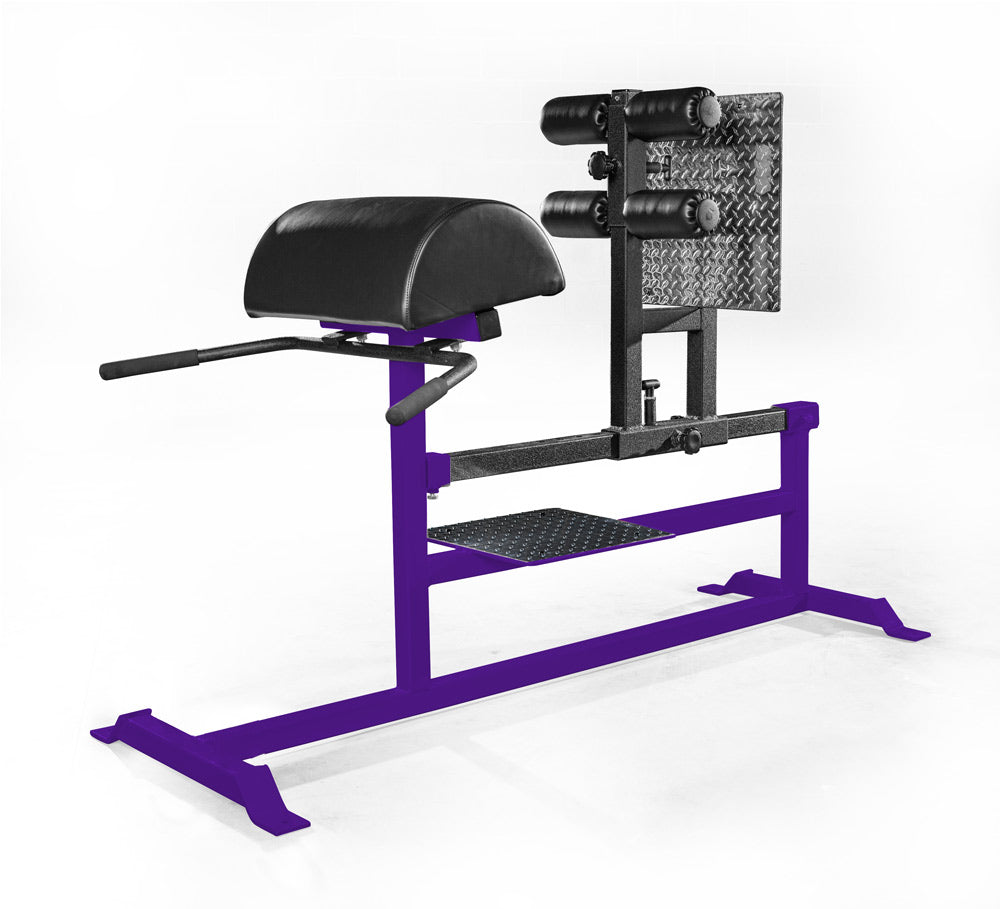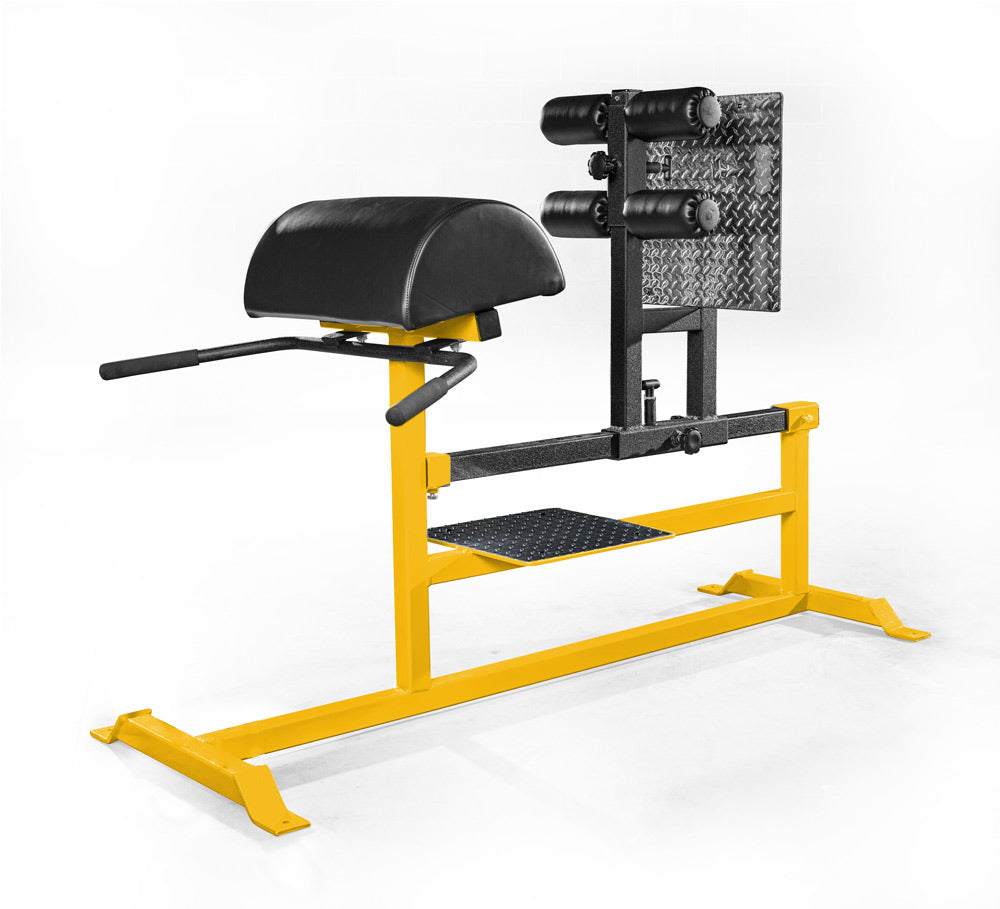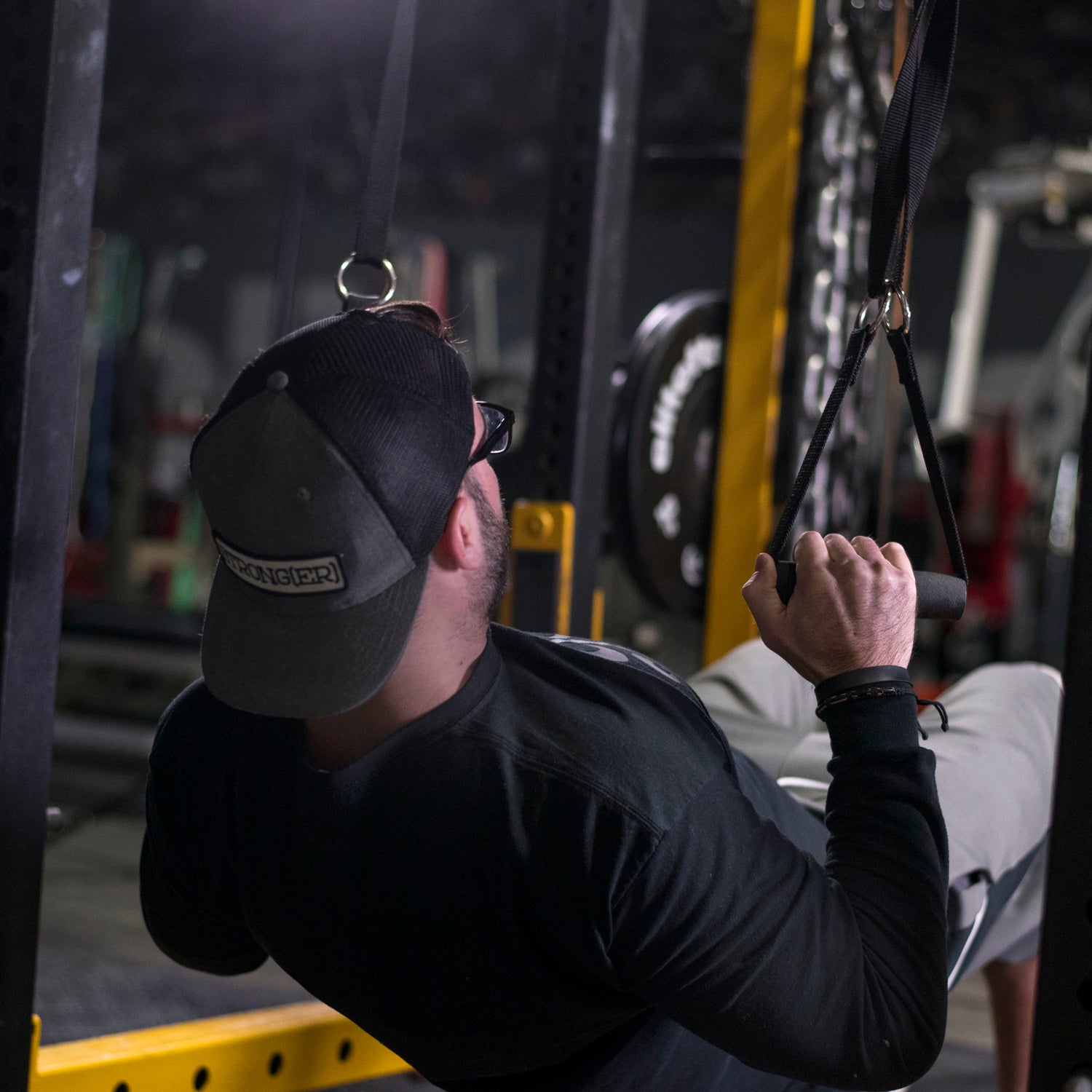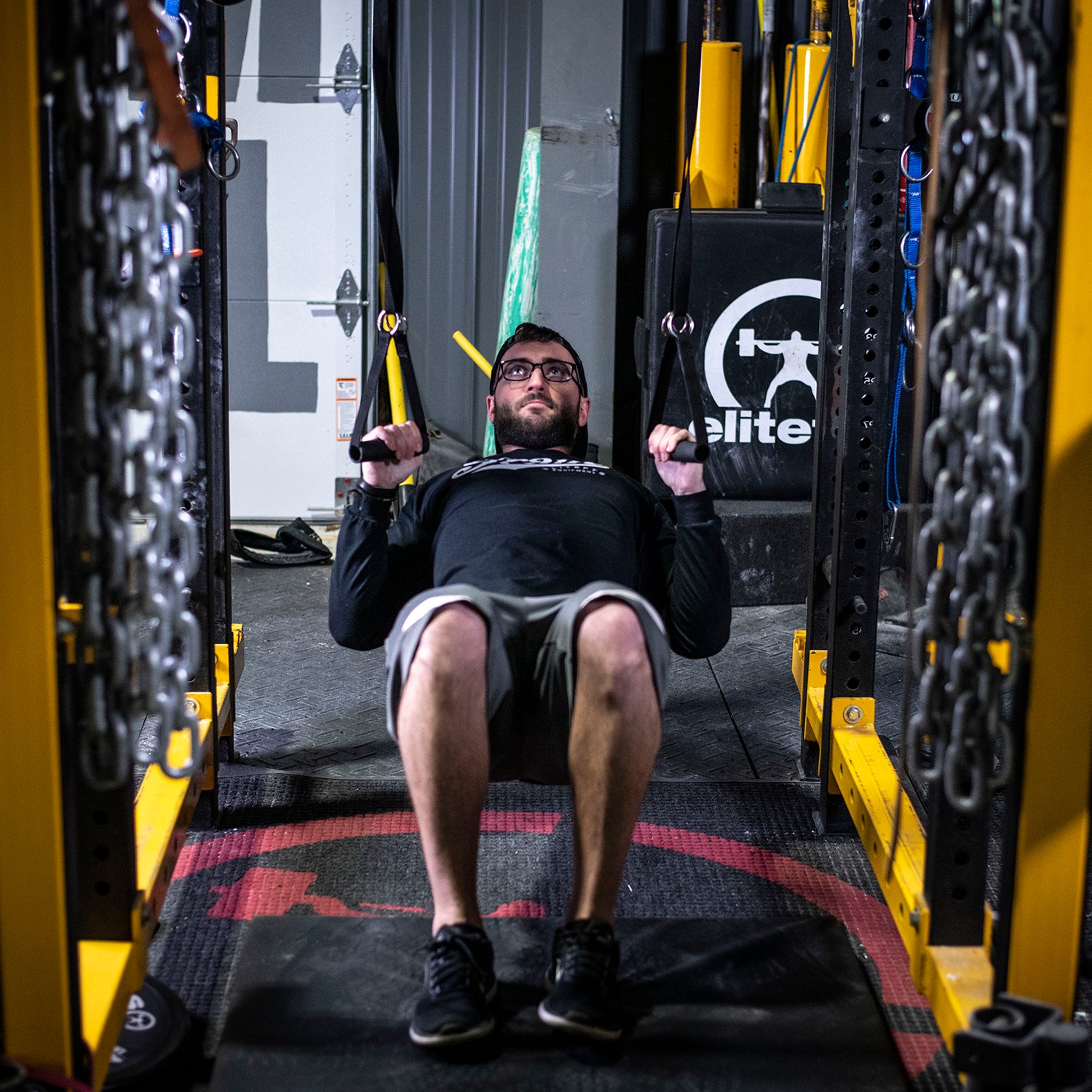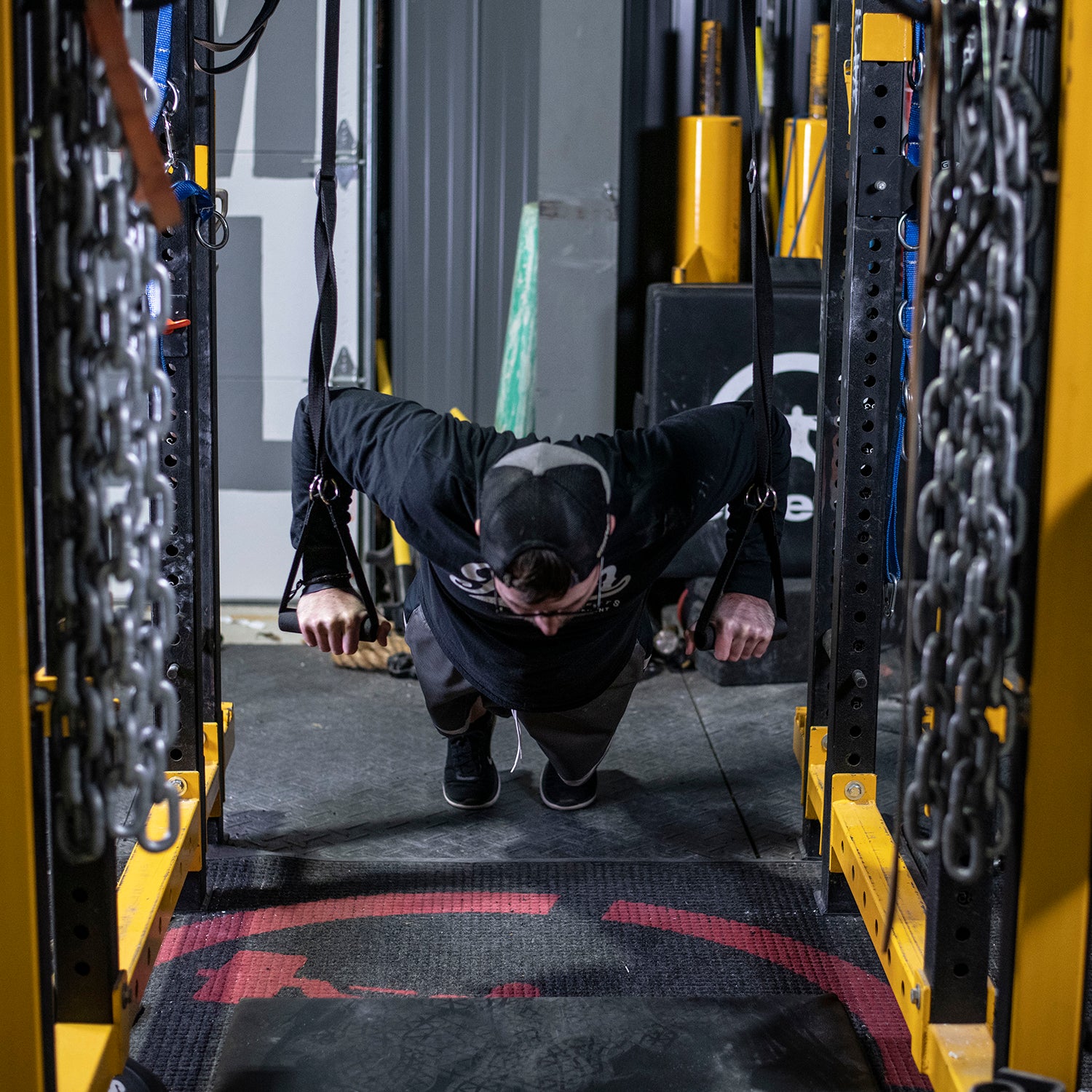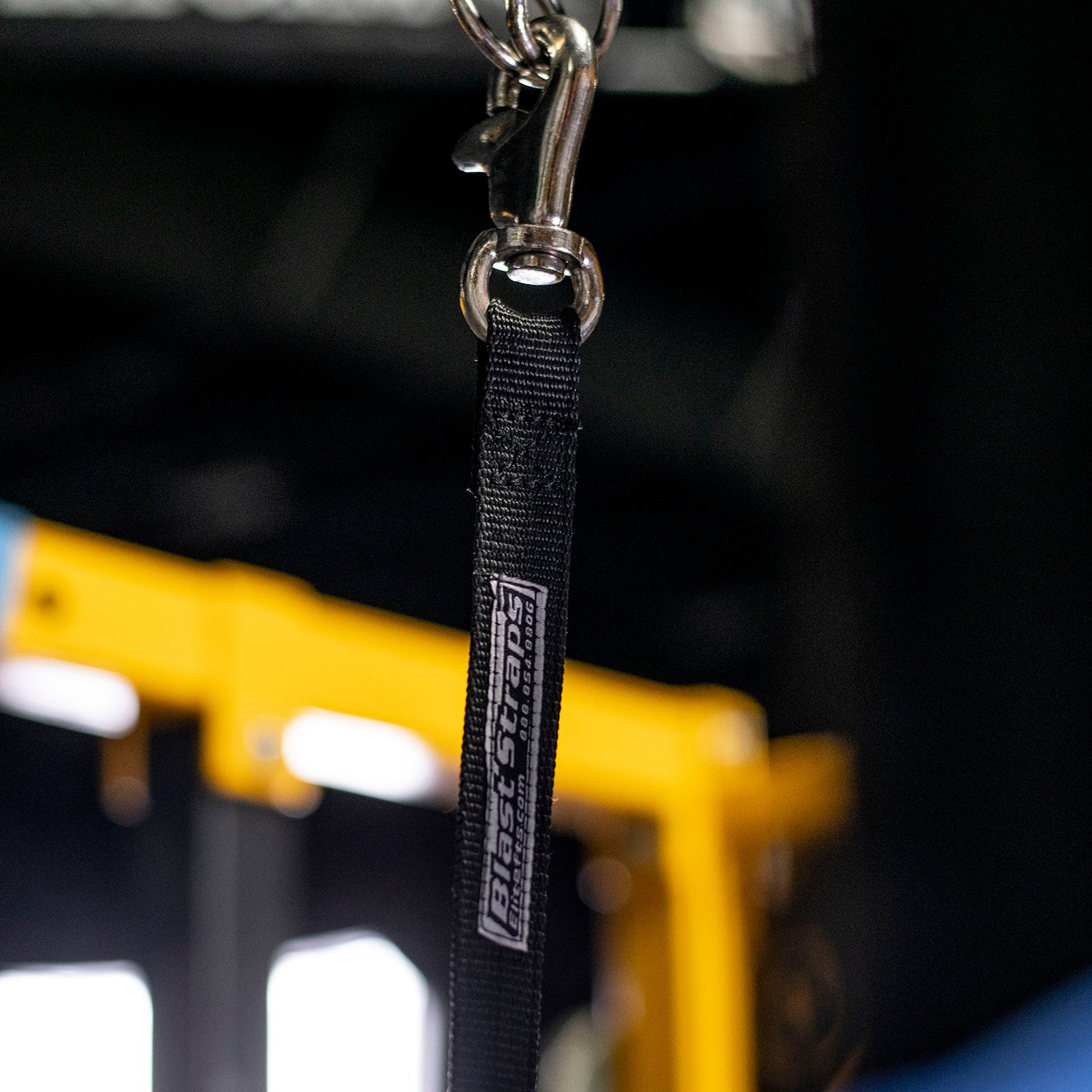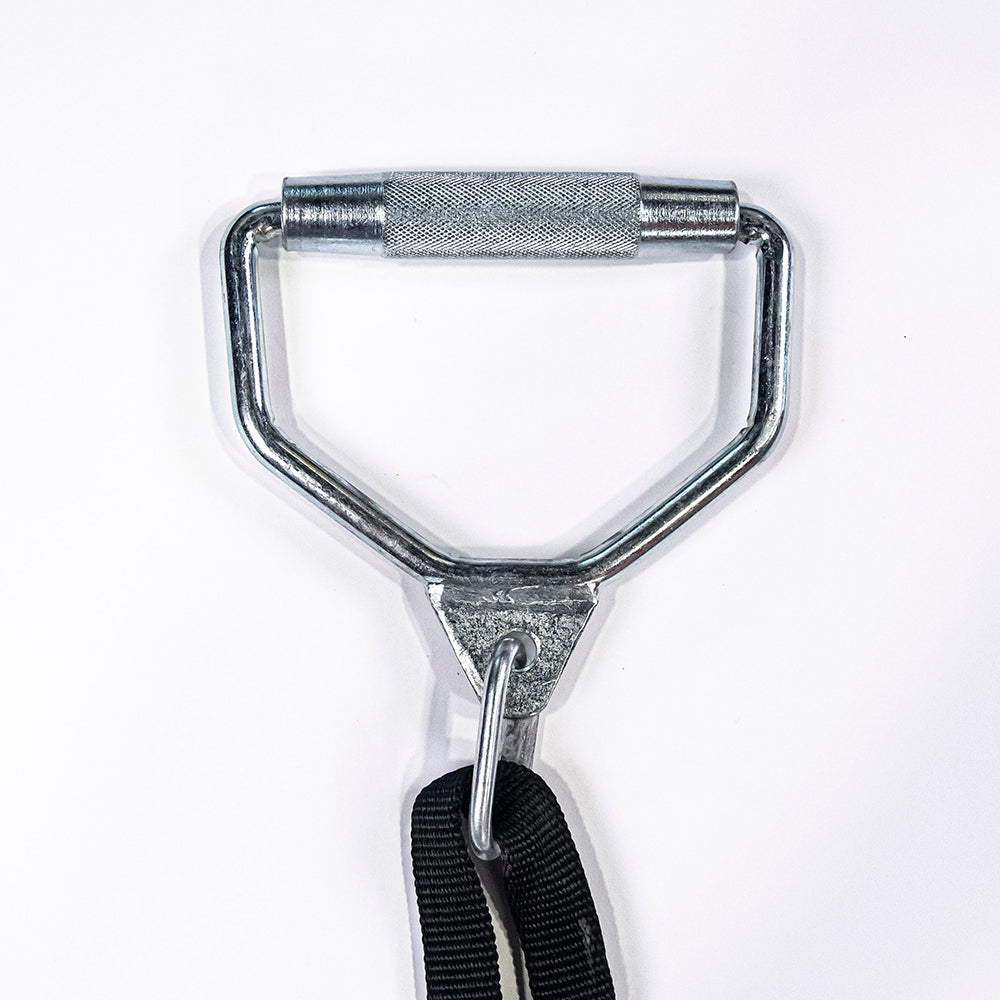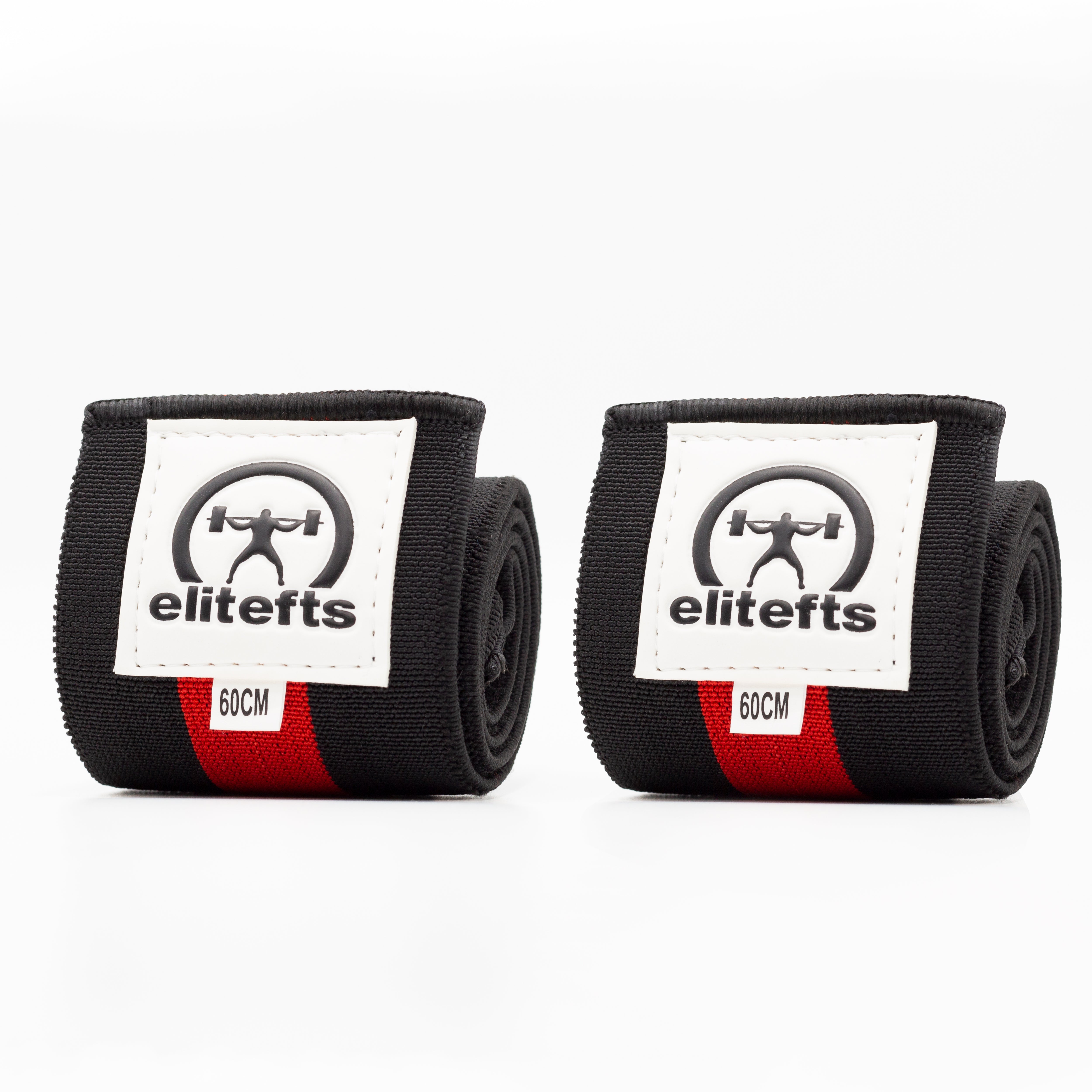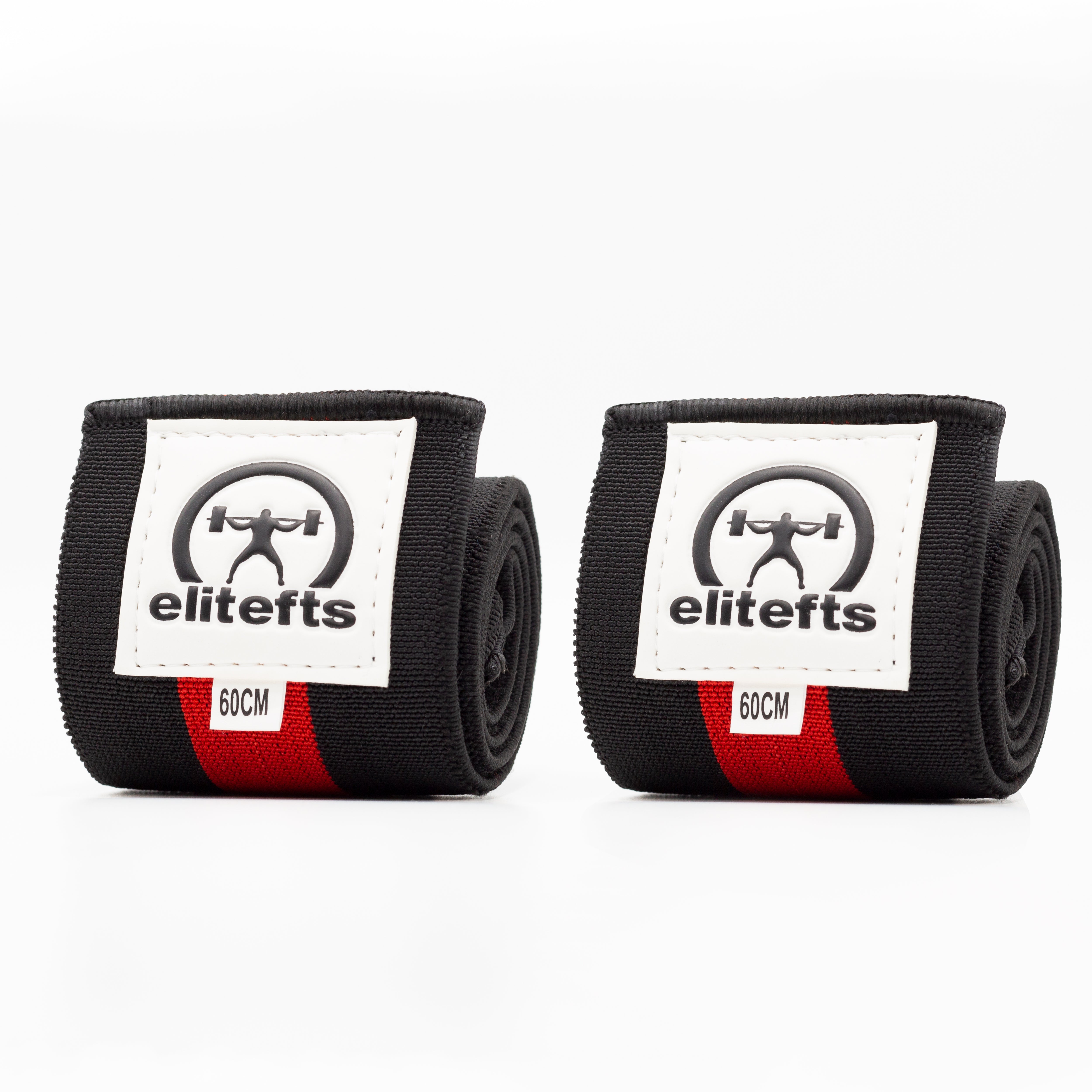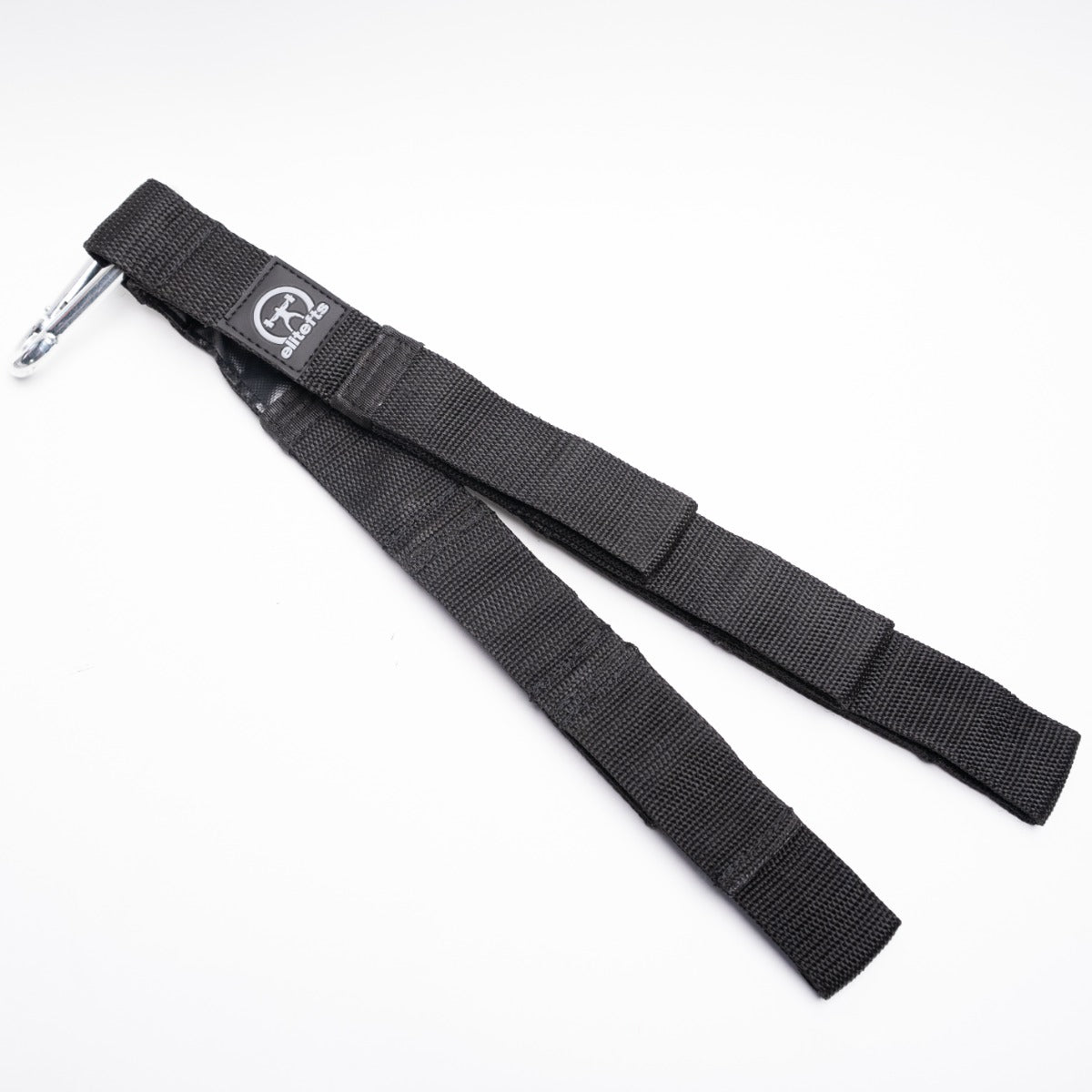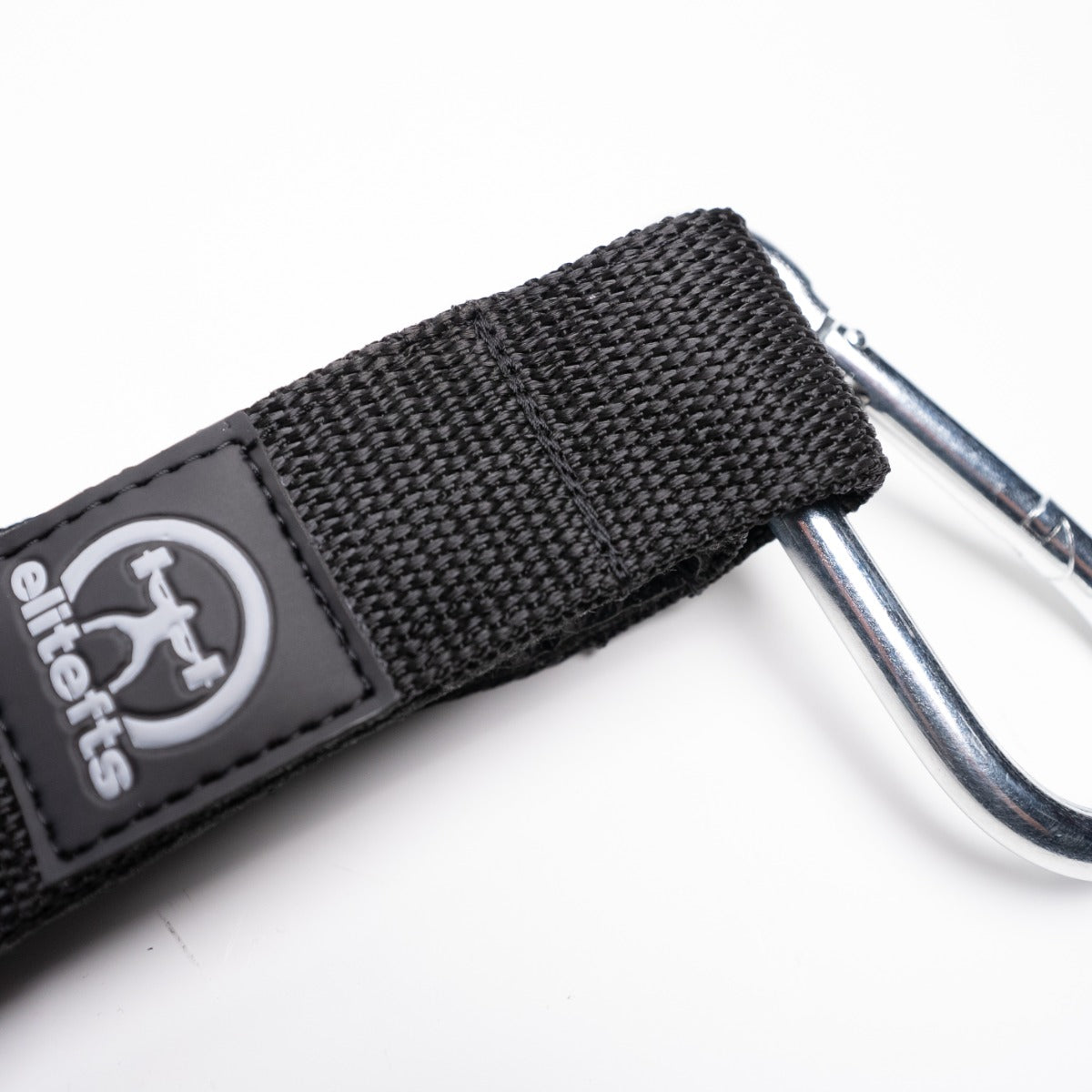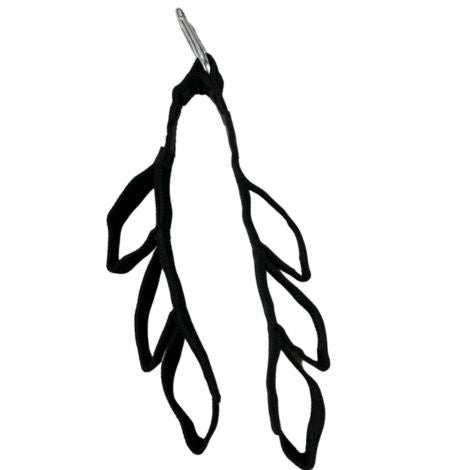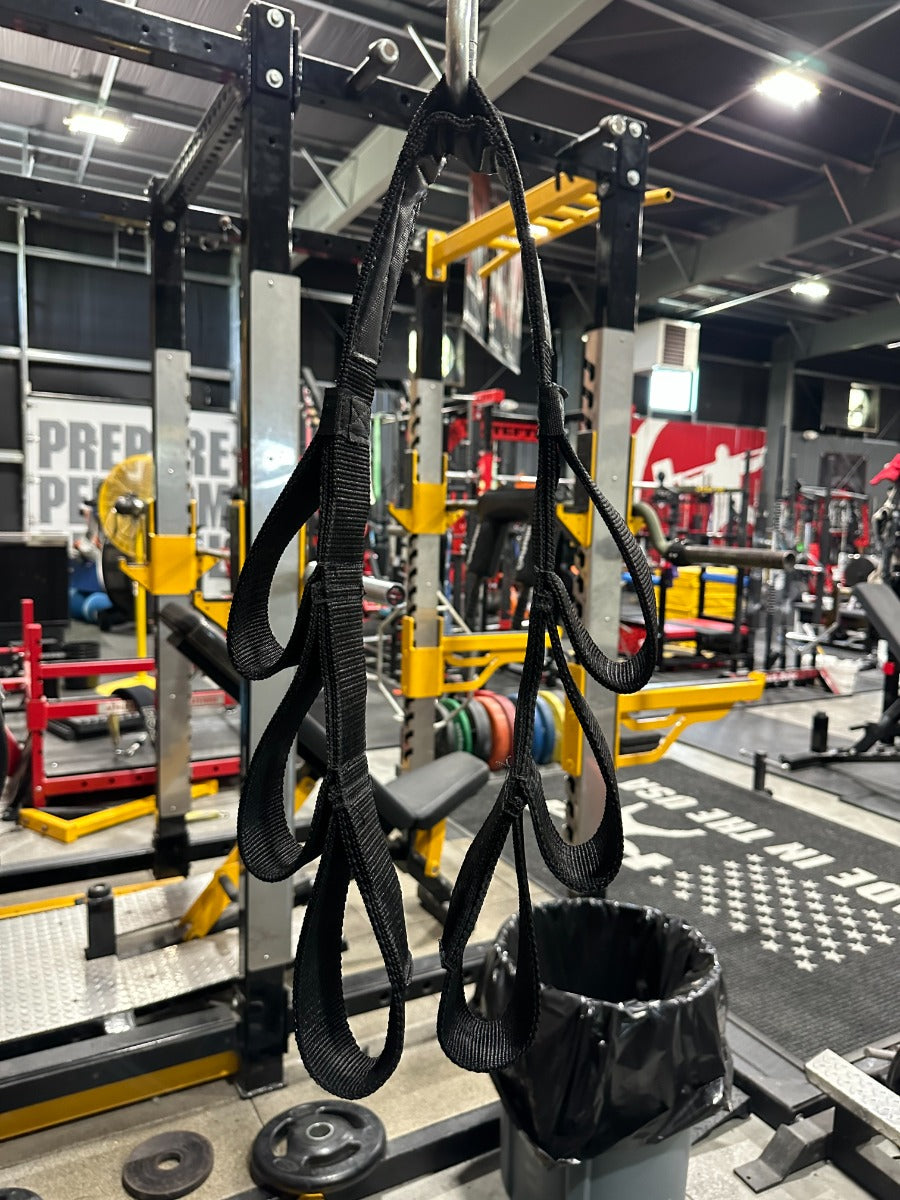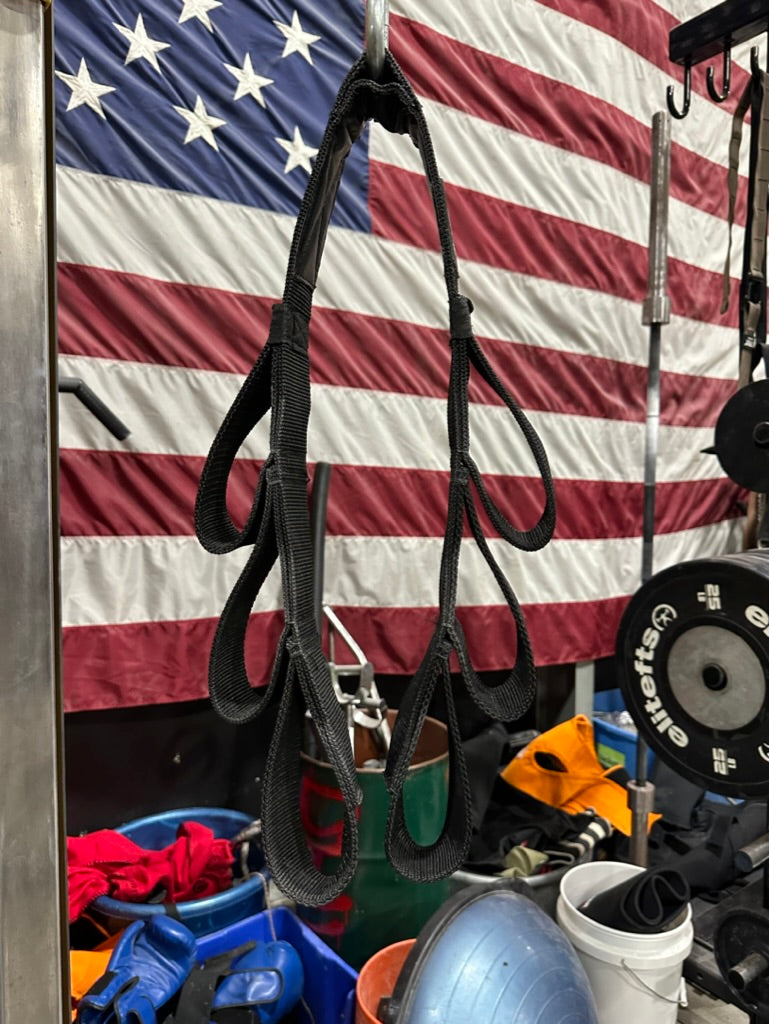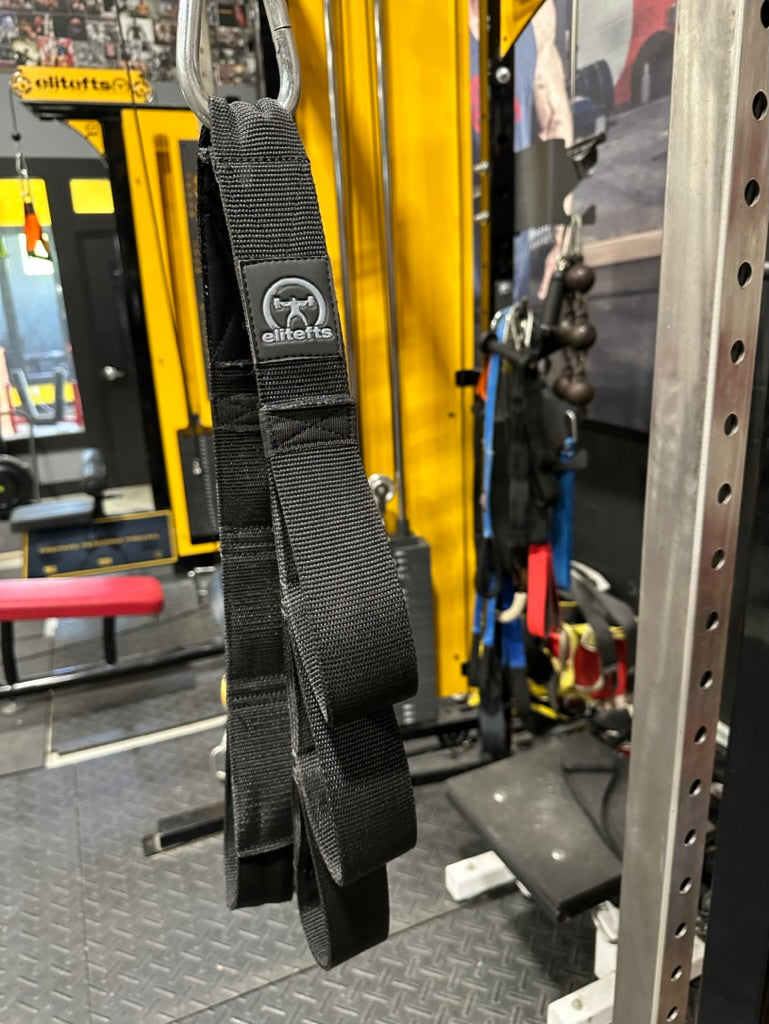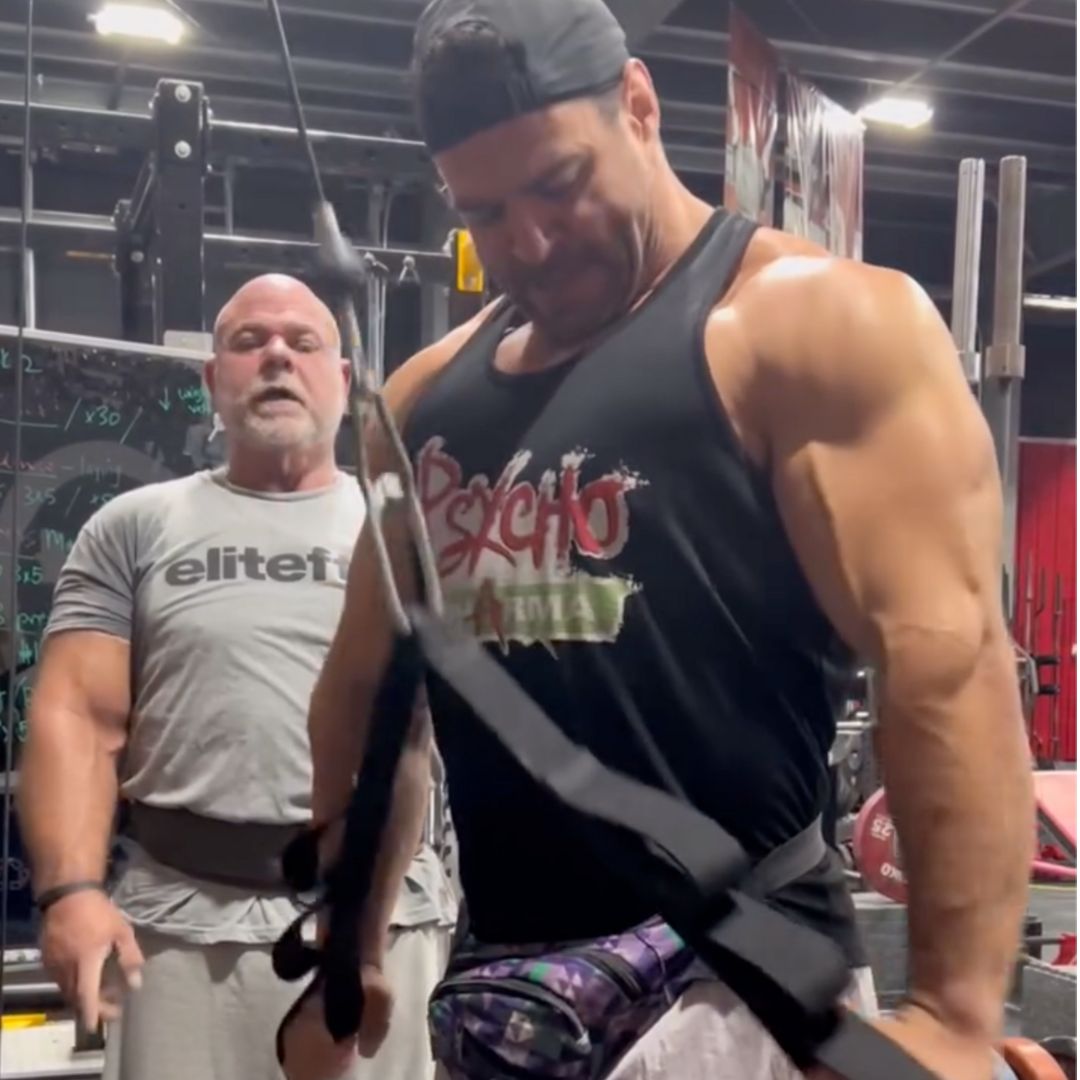I received a lot of feedback in regard to the
previous article. A lot of you were asking how to best set up the program – ask and you shall receive. I will cover one simple way and two in-depth ways to set it up.
Just a reminder, after I got some flak from the last article (even though I stated this same thing right in the beginning): this is not groundbreaking or revolutionary – it’s just a different way to approach training. It’s how I approach my personal training, and it’s what works and has worked best for me.
No Time Setup
Guidelines- Always pick multi-joint movements
- If squat is first, a hinge exercise is second
- Horizontal pull to vertical pull (for most of you) should be 2-1
- Single-leg exercise at least once a week
Day 1
- Squat
- Deadlift variation
-
GHR
- Bench press
- Horizontal pull
- Biceps and triceps
- Deadlift
- Squat variation
- Single-leg variation
- OHP or incline press
- Horizontal pull
- Vertical pull
- Week 1: 6x4 at 60-70%
- Week 2: 6x3 at 70-80%
- Week 3: 6x2 at 80-90%
- Week 4: 4x1 at 90+%
- Week 5: Deload week with 3x3 at 50%
- To get big: 4-6 sets, 8-12 reps, 60-90 seconds rest
- To tone up: 4-6 sets, 10-12 reps, 60 seconds rest
- To get strong: 4-6 sets, 2-5 reps, 2-5 minutes rest
- To lose weight: 4-6 sets, 12-20 reps, 30-60 seconds rest
Plenty of Time Setup
You can set this up in one of two ways. The first is just a longer version of the first set-up, while the second utilizes the Conjugate Method. This is one of the best systems; your options are endless for it, as it’s one of the most adaptable systems.Option 1
I split this up into four quarters and an occasional overtime (in sticking with the whole football theme…).
- Quarter 1: Warm-up
- Quarter 2: CNS prime
- Quarter 3: Main
- Quarter 4: Assistance
- Overtime: Conditioning
- Release
- Open
- Stabilize
foam rolling and lacrosse ball work. Just hit a few spots that are tight – don’t spend 20 minutes on this. Open is going to be your mobility work. If you’re extremely tight, spend more time here; if you’re not, just hit one exercise and move on. Stabilize is going to be exercises that you use to stabilize common sites that are unstable. See what I did there? Stabilize, unstable…never mind. The most common sites are going to be shoulders, low back, hips, and ankles.
Quarter 2
- Dynamic
- Low impact
- High impact
Quarter 3
- Three multi-joint movements
- Quarter three follows the basic three and out method – just pick three multi-joint movements.
- Target specific weaknesses
- In quarter four, pick three exercises to target your specific weaknesses.
- Get your heart rate up if you need it. And let’s be honest: most of you do.

Conjugate Option
The only thing that changes with the Conjugate option is quarter three. You will be utilizing max effort, dynamic effort, and repetition effort. For max effort, I’m currently doing three-week cycles. I’m having some shoulder issues, so that’s why I’m utilizing a lot of partial-range movements and specialty bars. For max effort, I will work up to a 2-5 rep max (depending on the phase).MEU
- Week 1: Partial ROM
- Week 2: Full ROM
- Week 3: Partial ROM
- Week 1:
Safety Squat Bar - Week 2:
Cambered Bar - Week 3:
Spider Bar
I am not going to talk about how to set up dynamic effort work, or how to use
bands or chains. There are enough articles on this site about it, and everybody has their opinion. The goal is to move sub-maximal weight fast. Depending where you are in your program and your goals, the percentage can range from 35-75%.

My yearly phases typically look like this:
- Work capacity and speed strength
- Hypertrophy and speed strength
- Strength-speed
- Pure strength/grinding

























